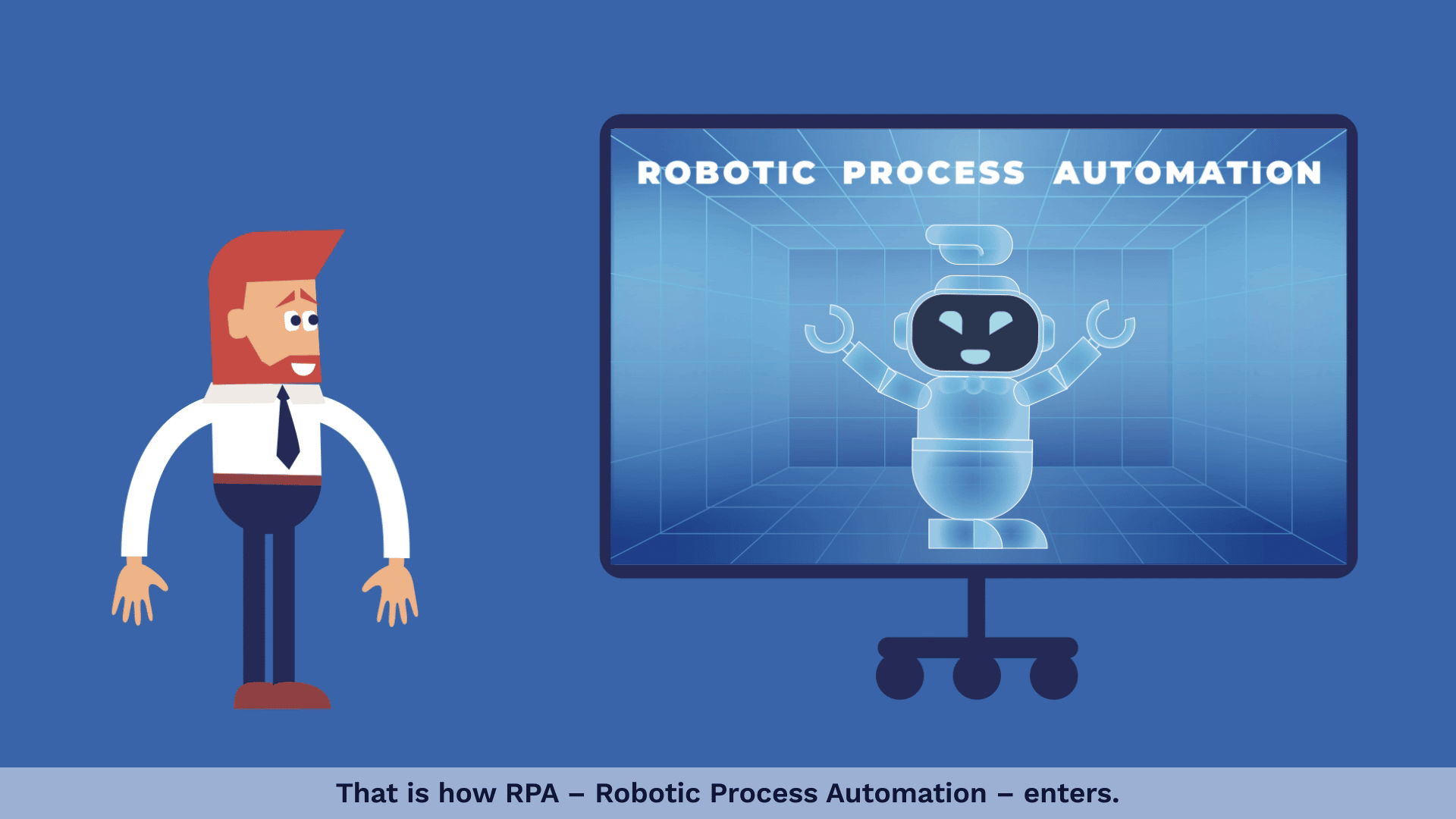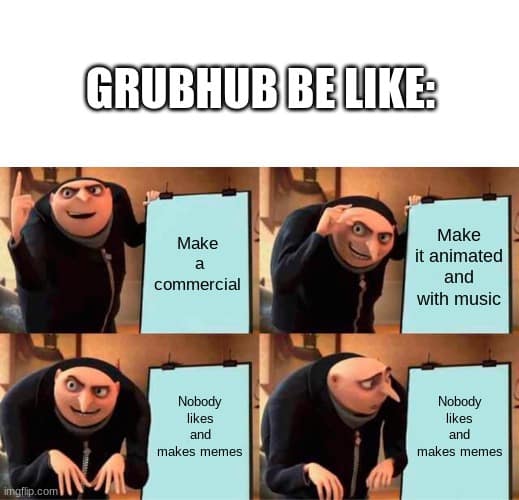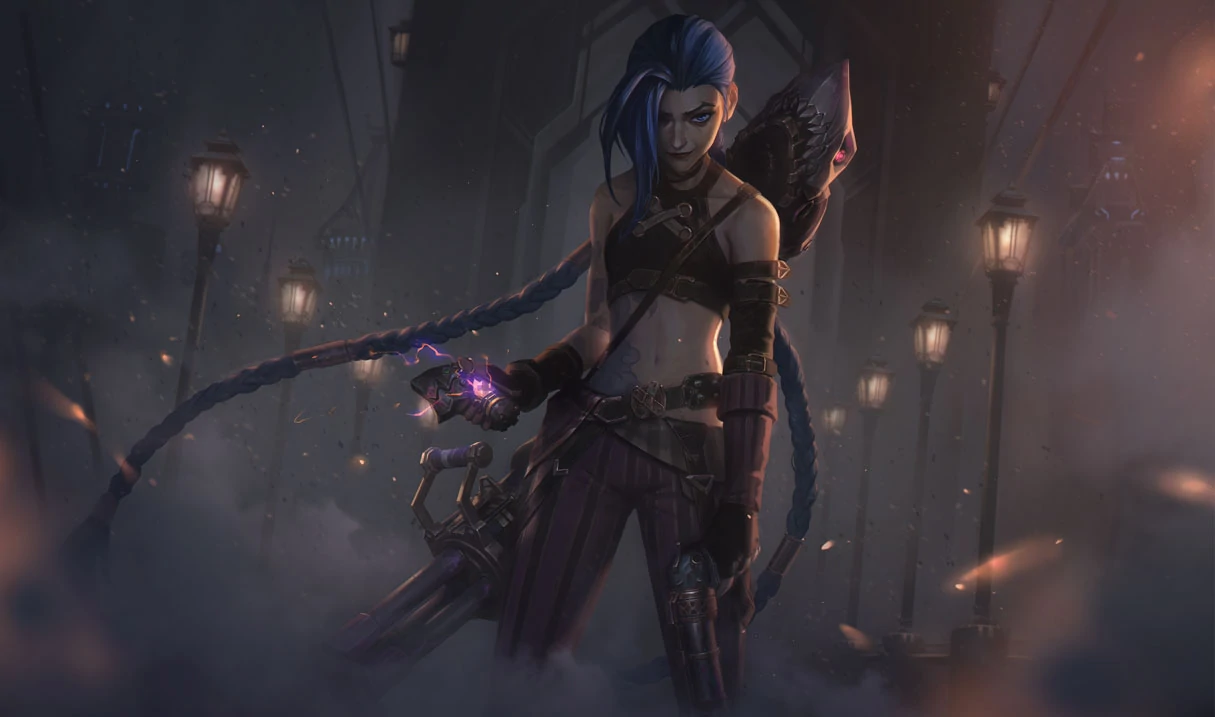Hybrid animation is, in simple terms, the integration of 2D and 3D animation. This combination of different techniques allows you to take advantage of the benefits of each technique, and thus create a better animation.
An example of hybrid animation is combining 2D and 3D animation
2D animation is created when we combine different images with different heights and widths, which creates the illusion of movement in a two-dimensional world lacking depth.
3D animation is generated from three-dimensional moving images in 3D computer software. Such images can not only be scaled, but also rotated and shown from different perspectives, giving the impression of depth and space.
- Why are these two techniques worthwhile at all?
- What are the advantages of each?
- Are hybrid animations also applicable to business?
-
Why do companies like Intel, SHARP and Herbalife choose our animation studio?
-
How we can help you reach your goals?
The origins of hybrid animation
In the beginning, most major animation studios shied away from jumping in at the deep end and producing something entirely in 3D.
The first to decide to do so was Pixar. In 1994, it released Toy Story.
The biggest problem at the time turned out to be… rendering. In simple terms, it’s generating a finished animation into a file. Even for 2-minute, low-complexity 2D animations, rendering can take up to an hour.
So imagine how much it takes to render a complicated full-length 3D animation.
In the case of Toy Story, rendering on computers took 800,000 machine hours! If we wanted to do it on one machine (PIXAR had more, of course) it would have taken almost 90 years.
That’s why Pixar developed special software: Renderman. Then more 3D animation creation techniques and rendering software were developed.
But before that, the other animation studios were also getting into the game, only more conservatively. They started by adding three-dimensional elements to two-dimensional animations.
Thus, for example:
- Disney helped itself with 3D techniques for the dance scene in “Beauty and the Beast” (1991);
- Studio Ghibli used 3D techniques to foreground the cursed boar god in “Princess Mononoke” (1997).
- Disney created the deep background technique first used in “Tarzan” (1999). [3D objects gave 2D scenes realistic depth, plus “cameras” could move around these objects. In the case of “Tarzan,” it was a jungle.”] (1)
This is how hybrid animation began to emerge.

Advantages and disadvantages of 2D and 3D animation
2D animation
Of the most obvious advantages, especially for companies that don’t have multi-million dollar budgets like Pixar or Disney, is that 2D animation is cheaper than 3D animation.
For this reason there is more movement in 2D animation than in 3D.
Another plus – in 2D animation, audiences will accept more abstract elements than in 3D. You can afford more freedom to modify characters, colors, and objects.
I found a great example of this in Jerin Kivistö’s undergraduate thesis on “Hybrid Animation: the Process and Methods of Implementing 2D Style in 3D Animation.”:

Screens from the anime “Full Metal Alchemist: Brotherhood” (2009). In 2D animation the viewer is more forgiving so you can afford to change facial expressions and colors freely. Basically we are limited only by our imaginations.
2D animation also allows for a greater variety of style. Lines can be modified, blurred or painted as if with actual paint. Again – all tricks are allowed.

Screenshot from an animated movie “Loving Vincent”

Screenshot from an animation we made for Suntech

Screenshot from an animation we made for Flobotics
The obvious disadvantage of 2D animation is that it does not render products as realistically as 3D. So when you want to show technical details and the product is in 3D, 3D will work better.
3D animations
Production of 3D animations is more complicated and therefore more expensive.
Their definite advantage is the ability to show products in 3D. Therefore, 3D animations are mainly chosen by technology companies or manufacturers of electronic equipment and cars. They want to showcase the details of the equipment’s construction or design. This gives them a more realistic image than with 2D animation.
Very well realized hybrid animation. 3D animation predominates, which helped to better show the technical elements and designs of the machines.
Another advantage – it boosts brand prestige. For this reason, on TV we see a lot of 3D animations woven into ads for premium products, such as perfumes and watches.
Well, that’s right – TV. Due to the cost of producing such animation, it is usually decided by companies that prepare material for advertising on TV.
The disadvantage is much less freedom to modify characters or introduce abstract elements which is in contrast to what I wrote about 2D animation previously.
A great example of this is GrubHub’s 2020 Delivery Dance animation. The company certainly spent a lot on the animation itself and ads that were all over the internet.
On the one hand, it was viewed by more than 882,000 people in just 2 months, which was quite a success. On the other hand, it received 15,000 thumbs up and as many as 65,000 thumbs down. On top of that, a whole bunch of parodies and memes were created about it. (2)
Why? Too much abstraction and comedy for a 3D animation. I think if the commercial had been made in 2D, viewers would have been much more gracious.

One ofmany memes about the Grubhub animation
Advantages of hybrid animation
Hybrid animation allows you to combine the advantages of 2D and 3D.
Derald Hunt, a 2D and 3D animation specialist, put it beautifully:
“This perfectly reflects the saying: “If the only tool you have is a hammer, all your projects start to look like a nail.” If all you know is 2D, you may not see the efficiency that incorporating 3D animation would add to your production. If all you know is 3D, your work may lack the great traditional animation style and briskness that 2D animation could add. Choosing the right tool for the job is very important… as is combining tools when it makes sense for the project.” (3)
Derald Hunt helped animate the “Tomb Raider” games featuring Lara Croft, among others. Most of the character animations were done in 3D. However, when the creators wanted to incorporate more movement into the scene, 2D animation proved more effective.
A great example of combining 2D and 3D animation for a better end result is the animated series “Arcane” (2019). [Based on the computer game by Riot Games – French animation studio Fortiche Productions was co-developer of the series].
More than 80 animators worked on the animations. It mixed different styles and techniques including 2D and 3D animation. The characters and some of the effects are animated in 3D. On the other side, 2D was used to give texture to specific elements. Therefore, water, smoke, fire or dust were shown in 2D. The background of the animation was also in 2D.

In “Arcane” the characters are animated in 3D, while the background and some other elements are in 2D.
Hybrid animation in business
So far I have written about cinematic hybrid animations.
Mainly because fewer companies opt for such animations than simply 2D.
The reason – higher cost and lack of confidence that hybrid animation production will translate into better results.
However, when a company can allocate a large budget for advertising and subsequent video promotion, hybrid animation can be a big hit.
Especially when they:
- offer a premium product and want to present it in your dimension;
- want to show technical details of the product.
I’ve collected some interesting examples of hybrid animation below:
1. Gogoro
Gogoro is a renewable energy network from Taiwan. When it launched a new eco-scooter, it decided to commission an animated commercial.
It mixed 2D and 3D “for a modern, pop and fresh look.”
Two animation studios worked on it: Finger and Toe and Nulls Design.
2. Sargon Arcadia
In this animation by Sargon Arcadia (a provider of tools to help create financial products), 2D animation plays the main fiddle. 3D is an add-on, mainly at the beginning of the video, to engage the viewer and add something “extra” to the video.
3. Amazon Launchpad
Amazon Lauchpad promotes new startups on the market by helping their creators.
As the authors of the animation (Animation.Monks) write:
“Echoing the variety of startups and products, the animation combines an assortment of styles and techniques. Hand-drawn illustrations, frame-by-frame animations and stop-motion sequences reflect the level of craft of Launchpad represents while the combination of 3D animations and motion graphics marks its innovative foundation.”
If you would like to see our animations, click here:
